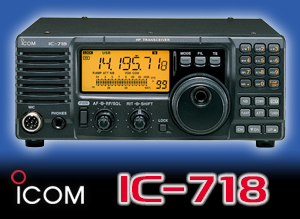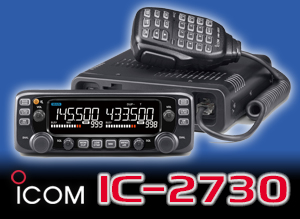Propagation News – 20 October 2019
The solar minimum continued last week with zero sunspots being recorded. The good news was that geomagnetic conditions were quite settled with a maximum Kp index of three recorded. Most of the week it was between zero and two, which meant that the HF bands were performing to seasonal averages.
rsgb.org/propquest shows that maximum usable frequencies over a 3,000km path are regularly exceeding 21MHz and reaching as high as 24MHz at times. This would bode quite well for the CQ Worldwide CW contest next weekend—when more than 35,000 amateurs are expected to take to the airwaves—if it were not for the bad news coming up!
Next week NOAA predicts the Sun will remain spotless and with a solar flux index of 68. However, a large solar coronal hole was rotating to be Earth-facing on Friday, which means we may have unsettled geomagnetic conditions this weekend. We can expect the Kp index to rise to at least four, bringing noisy bands and lowered maximum usable frequencies after a potential HF enhancement. The ionosphere should settle again early next week.
NOAA then predicts a further geomagnetic disturbance from 24 to the 27 October, thanks to another coronal hole that is returning into view again after a 27 day solar rotation. This may coincide with CQ Worldwide, so it is anyone’s guess as to how propagation will be.
VHF and up
The majority of this weekend and throughout next week will be dominated by low pressure, so it once again looks like the weather will continue to give us rain scatter conditions for the GHz bands. With the SHF UKAC coming up on Tuesday, this is good news for those higher bands.
For the rest of us relying upon tropo, there is little comfort, although there is a hint of a temporary, but rather weak, ridge of high pressure over the British Isles early next week. The models imply it’s a one-day wonder, probably on Monday, so keep alert to the charts to track its progress.
Of course, other modes are available, such as aurora, EME and meteor scatter, so it will pay to look at the clusters to make sure you haven’t missed anything.
This weekend sees the second leg of the 50-1296MHz ARRL EME contest, so it’s a good time to try the mode at moonrise and moonset if you have a big terrestrial system. The Moon is at maximum declination this Sunday, and perigee is just a week away so conditions will be good, helped by low and falling sky noise on VHF.
There are two meteor showers this week. The big Orionids shower, with a zenithal hourly rate (ZHR) of 20, peaks on Monday. The much smaller Leonis Minorids, with a ZHR of two, peaks on Thursday.
Category: GB2RS Propagation News










